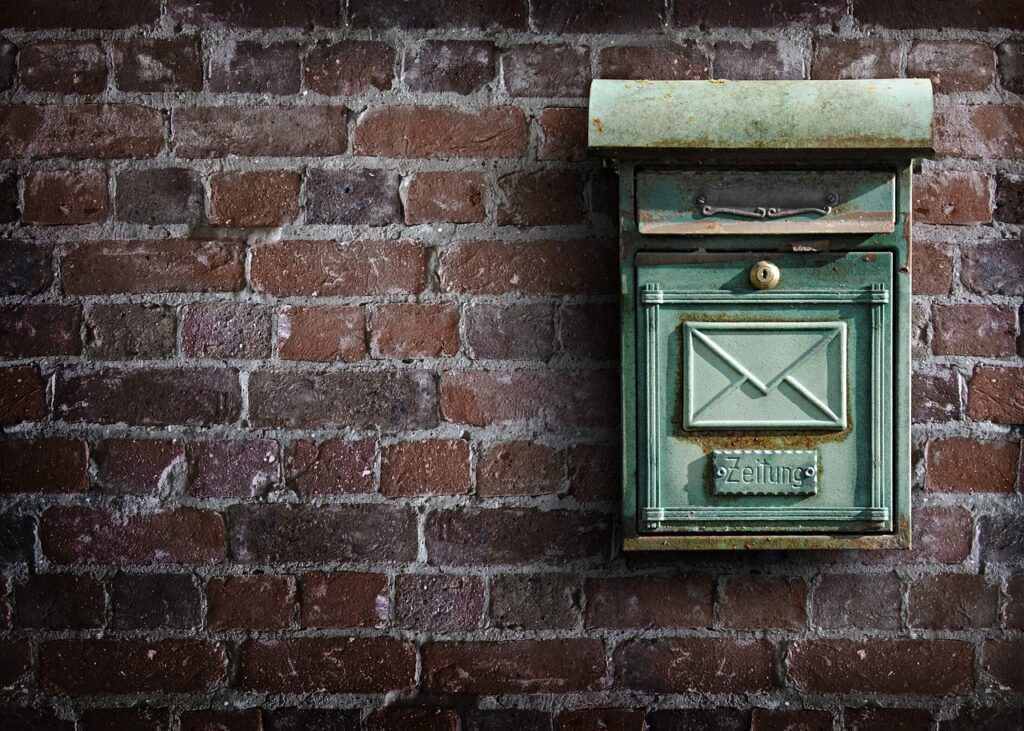Query Letter Perfection: How to Hook Agents Every Time

If you want to break into the writing business, your job isn’t over when you finish your final draft. You have to keep going and write a killer query letter. This document introduces your work to an agent, editor, or publisher. The better your query letter is, the more likely it is that the editor will look at your draft seriously. Almost all queries are emailed or sent via submission forms now, so the outline below keeps that in mind.
The query letter, paragraph by paragraph
Before you start…
Always address the letter to a specific person rather than using “To Whom It May Concern” or “Editor” unless you are specifically instructed to do so in the submission guidelines. If you don’t know to whom you should address the letter, email the publishing house and ask. Many editors, agents, and publishers have contact forms to use if you have questions, as well.
Secondly, include your full contact information, including links to your website or professional social media profiles, in your email signature. You want the editor to be able to contact you quickly and easily if they get interested in your work.
Paragraph #1
Introduce your manuscript. Include a “hook” or engaging line that catches the editor’s attention. Don’t shortchange the time you spend writing the hook! If you can’t catch the editor’s eye in the first few lines, they might not keep reading. Be creative and to the point. Imagine you’re writing back-cover sales copy.
Paragraph #2
Go into a little more detail about the manuscript. Summarize the main plot points and define the purpose of the book. Include a specific word count. Explain to the editor how the manuscript fits their publication needs and why the book is different from the competition. This shows you’ve done some basic research into the publishing house. It also proves that you know why your work could sell compared to other manuscripts in the same genre.
Paragraph #3
Detail your publication experience, if you have it. This gives you some credibility. If you don’t have any publication credits, then focus on your education or other experience that has made you an expert in writing the manuscript. For example, if you’re a doctor writing an anatomy book, mention your medical credentials.
Paragraph #4
Bring attention to the attachments you’re sending (i.e., sample chapters, proposal package). Invite the editor to contact you and reference your contact information. End with a professional closing statement such as “Sincerely” or “Thank you in advance”.
Wrapping up your query
Proofread your letter! Then do it again. The letter is the first experience an editor has with you. They won’t take you seriously if your first correspondence already contains errors. Have a friend or family member read it over, too. You might miss something, as people have a tendency to skim over document text.
After you know your letter is perfect, hit the send button!